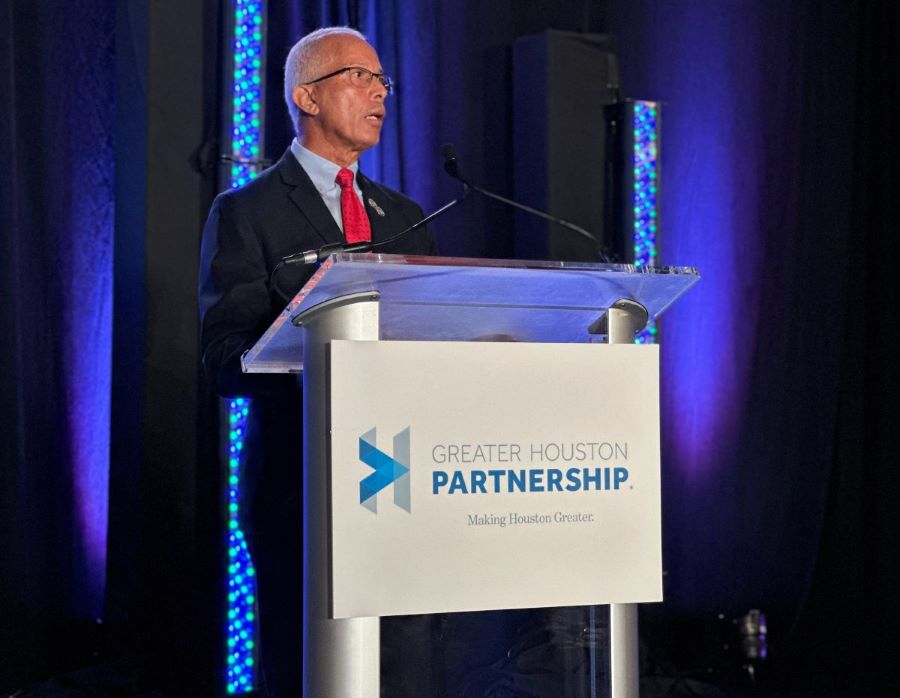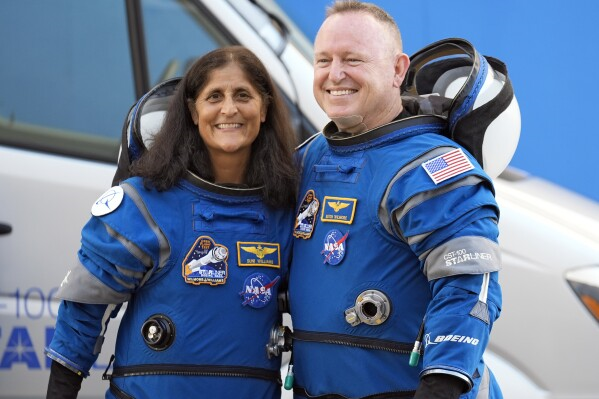Houston Airports Soaring to New Heights with Expansion and Improvement Plans
Published Oct 18, 2023 by Brina Morales
As demand for travel increases, Houston’s two major gateways to the world are being transformed. Mario Diaz, aviation director for Houston Airports, provided an update and insight into future endeavors during the Greater Houston Partnership’s annual State of the Airports event.
"Our strategy focuses on connecting the people, cultures, businesses and economies of the world to Houston,” Diaz said during his address.
Overall passenger traffic at Bush and Hobby Airports continues to increase, inching closer to pre-pandemic levels. In July we marked the first time the 12-month total for international passenger traffic surpassed pre-COVID levels.
Bush Airport Improvements
Diaz shared the construction underway at George Bush Intercontinental Airport’s Terminal D, which includes a new concourse called D-West Pier, will be completed by the end of the year. Work will then begin inside the terminal to add amenities and a new International Central Processor.
In January, United Airlines will break ground on a $2.6 billion expansion and renovation of Terminal B.
Hobby Airport Improvements
A $470 million project to expand the West Concourse to support Southwest Airlines’ continued growth is set to begin early next year. The project includes:
- Seven additional gates
- An expanded and renovated baggage handling system and baggage claim area
- An overhead canopy along the departure cub to protect people during inclement weather
- Space for more restaurants, retail and art
“With business and leisure travel on the rise, this is an exciting time for expansion at one of our major airports,” Mayor Sylvester Turner said in August. “William P. Hobby Airport is the first and only 5-Star Skytrax airport in North America, and passengers deserve a first-class experience.”
Hobby Airport supports 83 destinations serviced by five passenger airlines: Allegiant, American, Delta, Frontier and Southwest.
Discover more about Houston’s aviation industry.
 The Houston Report
The Houston Report




















